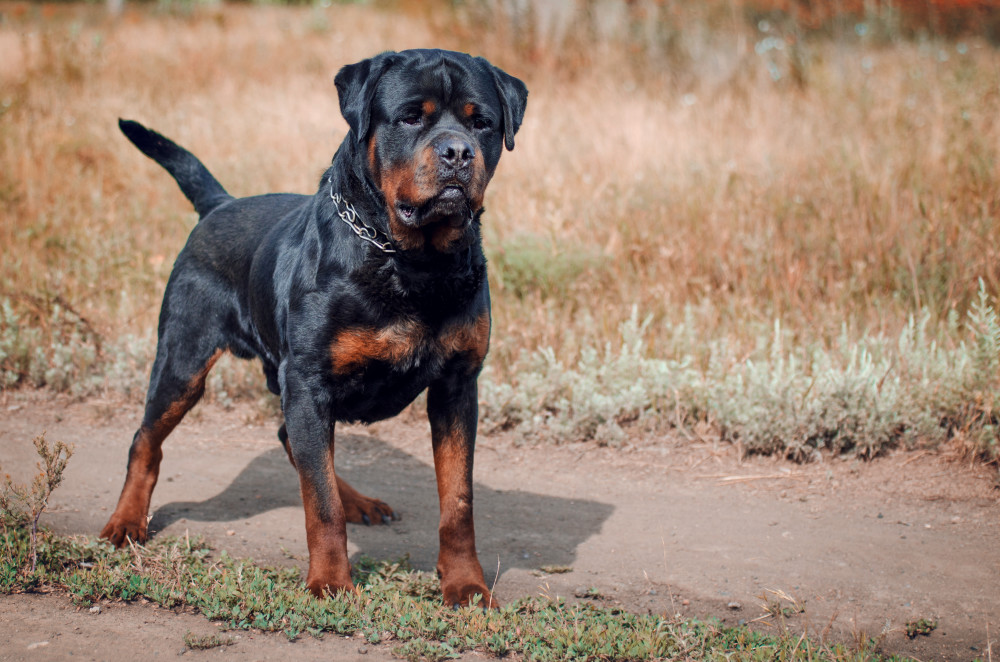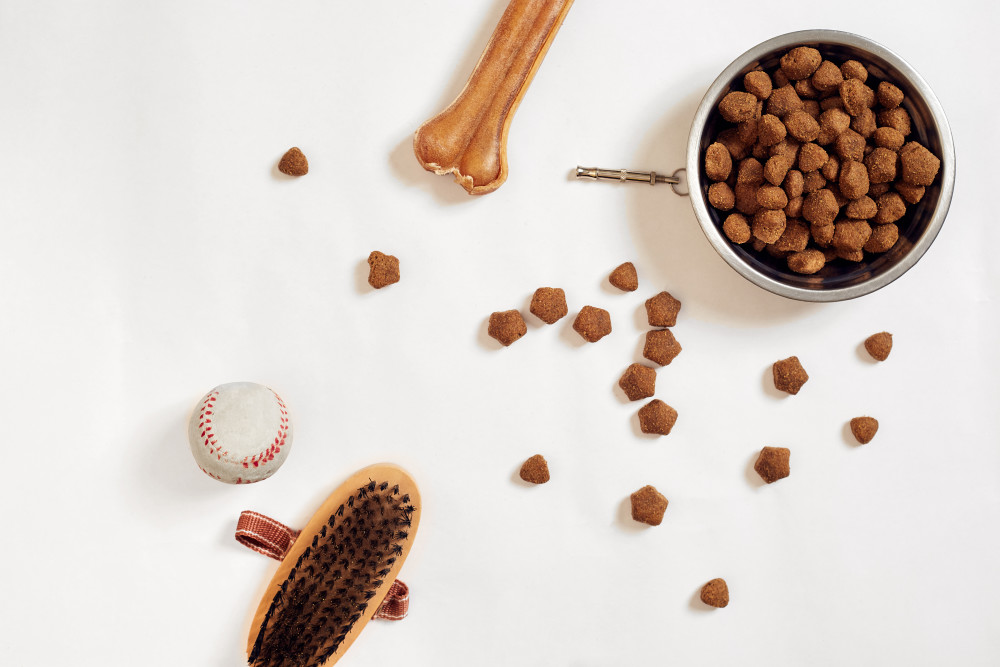Rottweiler

Rottweiler Overview
Rottweiler dogs check all the boxes of a great relationship: they’re loving, forever loyal and reliably playful, while at the same time trusted guardians of their inner family. Confident by nature, the medium-to-large dogs may intimidate at first glance, but are big babies at heart, and many don’t get the memo that they are not, in fact, lap dogs.
Standing a proud 24 to 27 muscular inches at the shoulder for males, with females typically a bit smaller and lighter (but not necessarily daintier, and completely fine with that), “Rotties” are known for their solid and strong build and their shiny black coat that’s often peppered with a rust colour. Sadly, Rotties aren’t immune to stereotypes, and one of the biggest misconceptions of the breed is that they are vicious and overly aggressive—a belief that may deter families with young children. In reality, properly raised and trained Rotties are confident, calm, playful and loving souls.
Natural and reliable guardians of children, Rottweilers are often used as search and rescue dogs, guard dogs and police dogs. Proper training, however, is a must for these dogs in order to tame their innate aggressive nature. So, if you don’t have adequate hours to clock training these beauties, a Rottie may not be the breed for you. Like any great being, Rotties thrive with socialization, exercise and stimulating mental challenges.
Did you know?
The Rottweiler is one of the oldest of the herding breeds, with a history possibly dating back to the Roman Empire.
Rottweiler Stats
Easy to train
Working dog
Caring for your breed
Daily kibble serving
4-10 cups
Daily exercise
1.5 hours
Grooming frequency
Brush once a week

Feeding your Rottweiler
Treat your Rottweiler to the high-quality dog food he or she deserves, whether its commercially produced, or home-made and approved by your veterinarian. Naturally, a diet should be appropriate to the dog’s age, but the general rule-of-thumb is two to three per cent of your dog’s desired body weight in pounds. While treats are helpful when it comes to training, be cautious of too much of a good thing, as Rotties are prone to obesity. Some human food, like bread, corn or salmon, is safe for consumption. Of course, clean and fresh water should be available at all times to wash it all down and keep these active dogs hydrated.